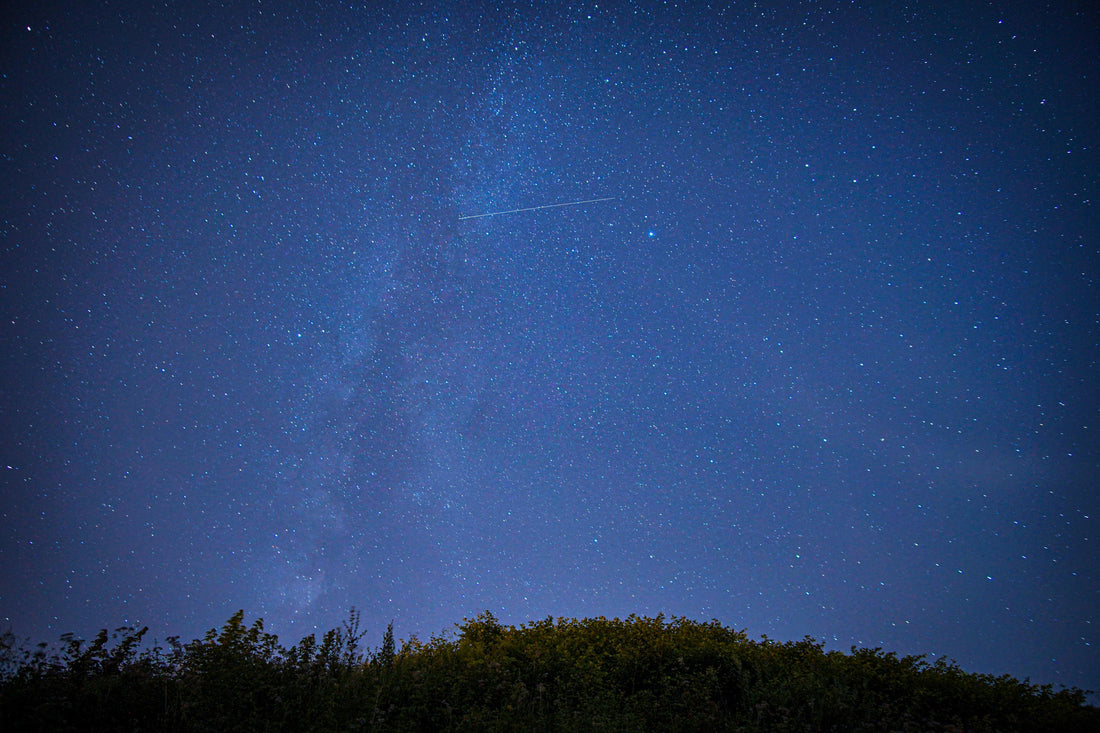
Perseids Meteor Shower 2025
The Perseid meteor shower is one of the most anticipated astronomical events of the year. In 2025, this celestial spectacle promises to be particularly impressive. Here is everything you need to know to make sure you don't miss this fascinating phenomenon.
\nWhen and Where to Observe the Perseids?
\nActive Period
\nThe Perseids period extends from July 17 to August 24, 2025. The peak of activity is expected on the night of August 11–12, 2025. Although the Moon is particularly bright that night, there are tips to minimize its impact on your observing.
\nBest Time to Observe
\nThe best time to observe the Perseids is in the hours before dawn, when the sky is darkest. The peak of activity is expected on August 12 at 13:15 GMT. However, the Moon will be 90% illuminated, which could make fainter meteors harder to see. To overcome this issue, try to position yourself in the shadow of a large building, a tree, or a mountain to block the moonlight.
\nHow to Observe the Perseids?
\nFind the Radiant
\nThe Perseid meteors seem to originate from the constellation Perseus, from which they get their name. The point of origin of the meteors, called the radiant, is crucial for maximizing your chances of seeing the greatest number of meteors. The higher the radiant is in the sky, the more you will see. Use sky-mapping apps to easily locate the radiant.
\nChoosing the Right Place
\nFor optimal observing, find a clear spot, far from city lights. The mountains are ideal as they place you above haze and clouds. Avoid looking directly at the radiant or too low toward the horizon, where haze can obstruct your view.
\nPreparation and Comfort
\nAllow at least an hour to fully enjoy the spectacle. Bring a lawn chair or a camping bed to lie down comfortably. Avoid using bright lights, including flashlights, as they can impair your night vision. If you must use a flashlight, opt for a red light that dazzles less.
\nPractical Tips
\nThings to Do
\n- \n
- Shield yourself from the Moon to make the night darker. \n
- Use sky-mapping applications to locate the radiant. \n
- Find a clear and dark spot, away from city lights. \n
- Allow enough time to observe meteors. \n
- Bring comfortable gear to lie down. \n
Things Not To Do
\n- \n
- Do not look directly at the radiant. \n
- Avoid looking too low toward the horizon. \n
- Do not use bright lights that can harm your night vision. \n
- Don’t take too long breaks to keep your focus. \n
The Legend of the Perseids
\nThe Perseids are also known by the name \"Tears of Saint Lawrence\". This designation originates from the feast of Saint Lawrence, a Christian martyr executed on August 10, 258. The legend says that the meteors represent Saint Lawrence's burning tears, burned alive on a grill.
\nConclusion
\nThe Perseids meteor shower in 2025 promises to be an unforgettable spectacle. With good preparation and by following these tips, you can fully enjoy this celestial phenomenon. Don't forget to use sky map applications to orient yourself and maximize your chances of seeing the greatest number of meteors. Happy observing and clear skies!
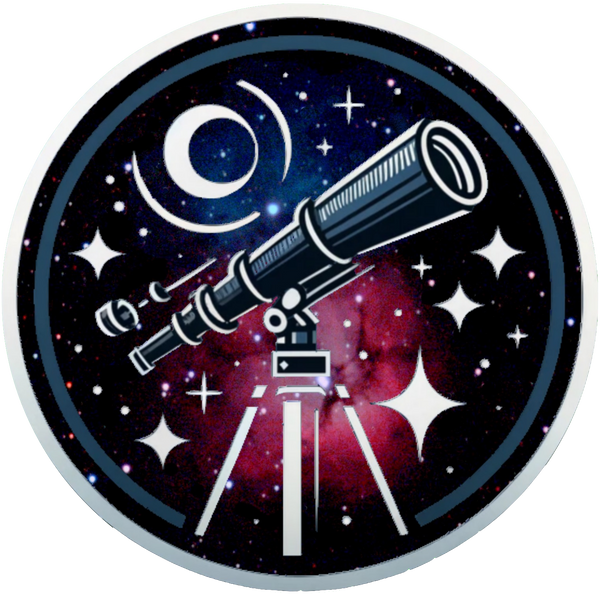
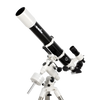 All
All
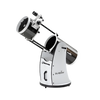 Dobson
Dobson
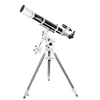 Refractors
Refractors
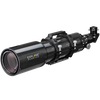 Ed & Apochromates
Ed & Apochromates
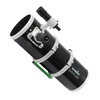 Newtonian reflector
Newtonian reflector
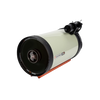 Schmidt Cassegrain
Schmidt Cassegrain
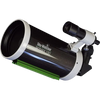 Maksutov-Cassegrain
Maksutov-Cassegrain
 Solar
Solar
 Researcher
Researcher
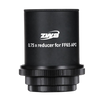 Focal reducer
Focal reducer
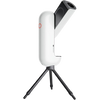 Intelligent
Intelligent
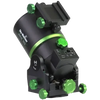 All
All
 Equatorial
Equatorial
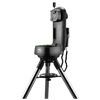 Alt/Az
Alt/Az
 Harmonic
Harmonic
 Tripods
Tripods
 Accessories
Accessories
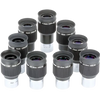 All
All
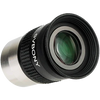 Wide angle
Wide angle
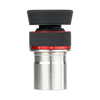 Zoom eyepieces
Zoom eyepieces
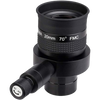 Reticulated eyepieces
Reticulated eyepieces
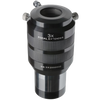 Barlow
Barlow
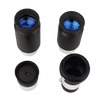 Plössl
Plössl
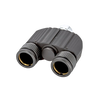 Binoculars
Binoculars
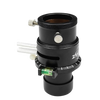 Atmospheric Corrector
Atmospheric Corrector
 All
All
 Visual
Visual
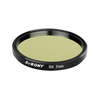 Photo
Photo
 Polarisants
Polarisants
 Solar Filters
Solar Filters
 Accessories
Accessories
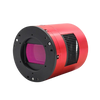 All
All
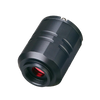 Color Cameras
Color Cameras
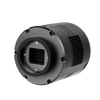 Monochrome Cameras
Monochrome Cameras
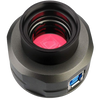 Planetary/Guiding
Planetary/Guiding
 Objectives
Objectives
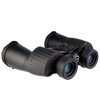 All
All
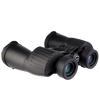 Binoculars
Binoculars
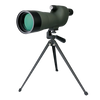 Spotting Scope and Monocular
Spotting Scope and Monocular
 Elbows
Elbows
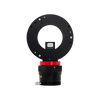 Optical Divider
Optical Divider
 Mirrors
Mirrors
 All
All
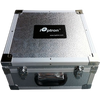 Bags and protections
Bags and protections
 Supports and counterweights,
Supports and counterweights,
 Camera adapters
Camera adapters
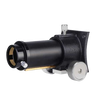 Focuser
Focuser
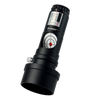 Collimation
Collimation
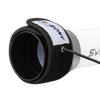 Heating band
Heating band
 Cables
Cables
 Collars
Collars
 Computers
Computers
 Fans
Fans
 Others
Others
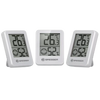 All
All
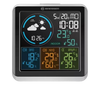 Weather Station
Weather Station
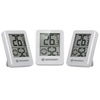 Thermometer
Thermometer
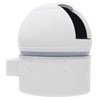 All
All
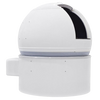 Observatory/Domes
Observatory/Domes
 Accessories
Accessories
 Askar
Askar
 Baader
Baader
 Bresser
Bresser
 Celestron
Celestron
 Explore Scientific
Explore Scientific
 GSO
GSO
 Optolong
Optolong
 Touptek
Touptek
 Vixen
Vixen
 ZWO
ZWO